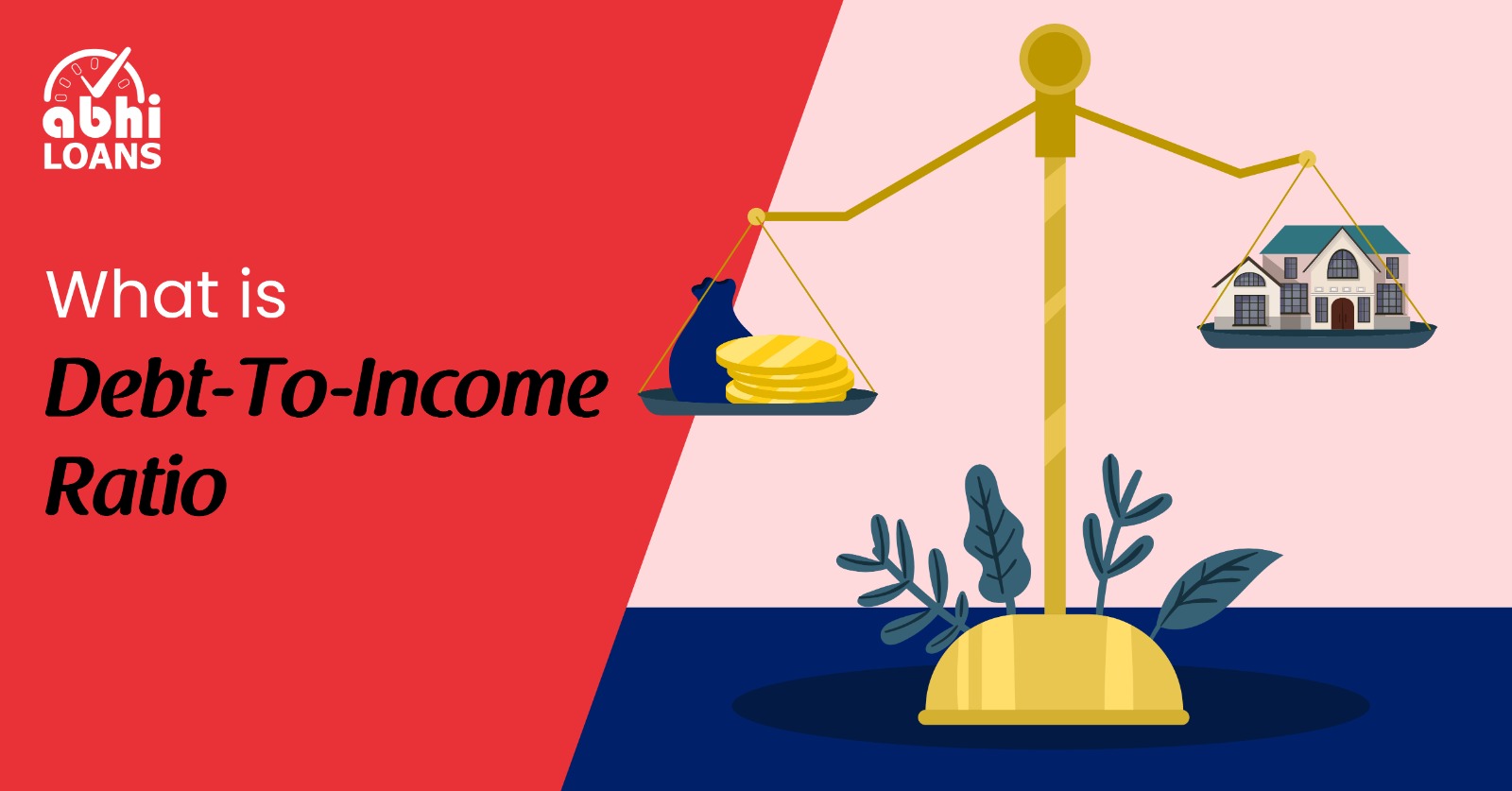What is Debt-To-Income Ratio? How to calculate it?
In the world of personal finance, there are essential metrics that everyone should understand. One such metric is the Debt-To-Income Ratio (DTI). The DTI Ratio is a powerful tool used by lenders and individuals alike to gauge financial health, assess creditworthiness, and make informed financial decisions.
What is Debt-To-Income (DTI) Ratio?
At its core, the Debt-To-Income (DTI) Ratio is a financial measure that indicates the relationship between your monthly debt obligations and your monthly income. It’s expressed as a percentage and is a crucial indicator of your financial health. Essentially, it answers the question: “How much of your income is being used to cover debt?”
Why is DTI Ratio Important?
Understanding your DTI Ratio is vital for several reasons:
Loan Approval: When you apply for credit, such as a mortgage, auto loan, or personal loan, lenders use your DTI Ratio to assess your ability to manage additional debt. A lower DTI Ratio often translates to a lower risk for lenders, making you a more attractive borrower and potentially leading to better loan terms.
Budgeting: From a personal finance perspective, your DTI Ratio is an essential tool for budgeting. It helps you evaluate whether you’re living within your means and if you have room in your budget for additional expenses or savings.
Financial Health: Your DTI Ratio provides insights into your overall financial health. A low ratio indicates that you have a healthy balance between your income and debt, while a high ratio might suggest a financial burden that needs attention.
How to Calculate Your DTI Ratio
Calculating your DTI Ratio is relatively straightforward. Follow these steps:
Determine Your Monthly Debt Payments:
List all your monthly debt obligations, including:
Mortgage or rent
Car loans
Credit card minimum payments
Student loans
Personal loans
Any other recurring debts
Add up the total of these monthly debt payments.
Calculate Your Monthly Income:
Include all sources of regular income, such as:
Your salary or wages
Rental income
Investment income
Any other consistent monthly income sources
Add up the total of these income sources.
What’s Included in DTI Calculation?
It’s essential to include all relevant debts and income sources in your DTI calculation:
- Debts: Consider mortgage or rent payments, car loans, credit card debt, student loans, and any other recurring debts.
- Income: Include your salary, rental income, investment returns, and all consistent sources of income.
Interpreting Your DTI Ratio
Understanding the meaning of your DTI Ratio is vital:
- Low DTI (20% or below): Indicates strong financial health and suggests that you have a good balance between income and debt.
- Moderate DTI (around 30%): Is generally acceptable and indicates that you can manage your current debt comfortably.
- High DTI (above 40%): Raises concerns about your ability to take on additional debt and might affect loan approvals.
How to Improve Your DTI Ratio
If your DTI Ratio is higher than you’d like, you can take steps to improve it:
- Pay Down Debts: Focus on paying off high-interest debts and reducing outstanding balances.
- Increase Income: Consider opportunities to boost your income, such as a side job or investment returns.
- Budget Wisely: Develop a budget that helps you manage your expenses more effectively and allocate more to debt payments.
The Debt-To-Income (DTI) Ratio is a critical financial metric that influences your ability to secure credit and manage your financial health. By calculating and understanding your DTI Ratio, you gain insights into your financial standing and can make informed decisions about borrowing, budgeting, and achieving your financial goals. Monitoring your DTI Ratio regularly is a smart move for anyone committed to financial well-being.
FAQs
What is a good DTI Ratio to aim for?
A good DTI Ratio to aim for is generally below 20% to 30%, depending on the lender and the type of loan. Lower ratios indicate stronger financial health.
Can I check my DTI Ratio on my own, or do I need a professional’s help?
You can calculate your DTI Ratio on your own using the steps provided in this article. It’s a simple calculation that doesn’t require professional assistance.
Do different lenders have different DTI Ratio requirements?
Yes, different lenders and loan types may have varying DTI Ratio requirements. For example, mortgages often have stricter DTI Ratio requirements compared to personal loans or credit cards.
Can a high DTI Ratio prevent me from getting a loan or credit card?
Yes, a high DTI Ratio can be a significant factor in loan or credit card application denials, as it suggests a higher risk of default to lenders. It’s crucial to manage your DTI Ratio when seeking new credit.
How long does it take to improve a high DTI Ratio?
The time it takes to improve a high DTI Ratio depends on your individual financial situation and your ability to pay down debts and increase income. Significant improvements can take several months or even years of diligent financial management.

